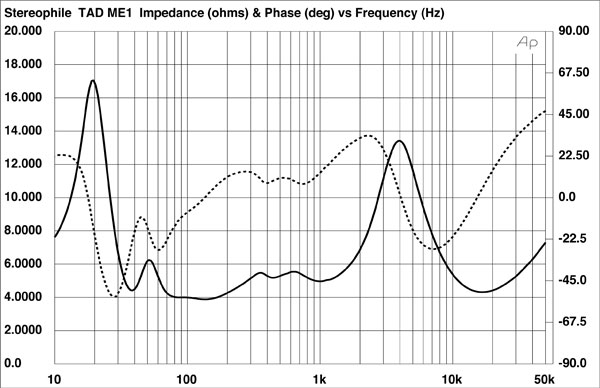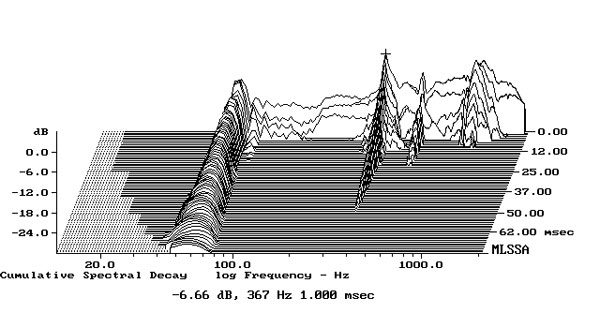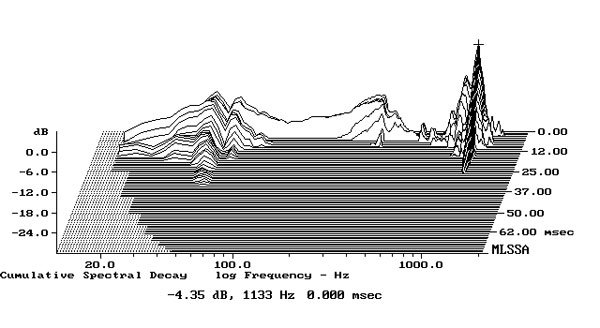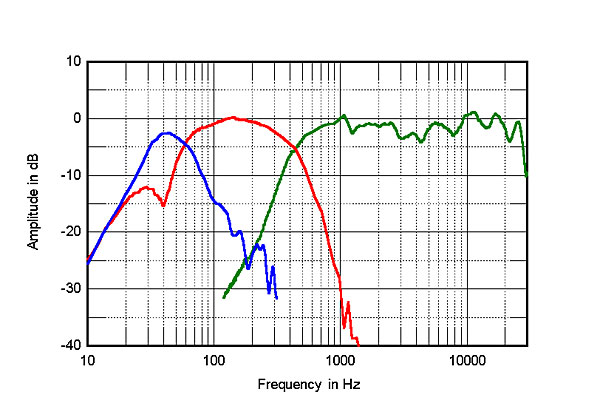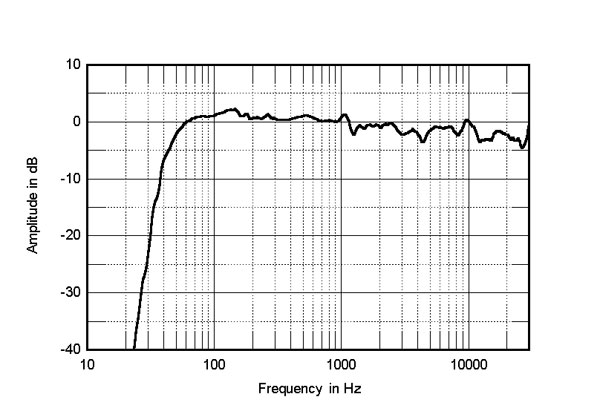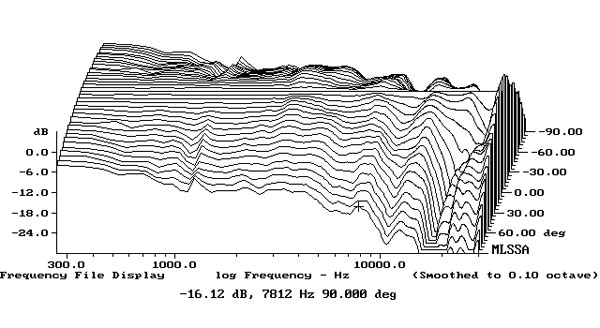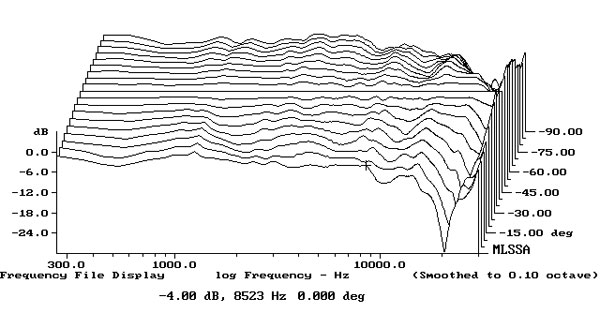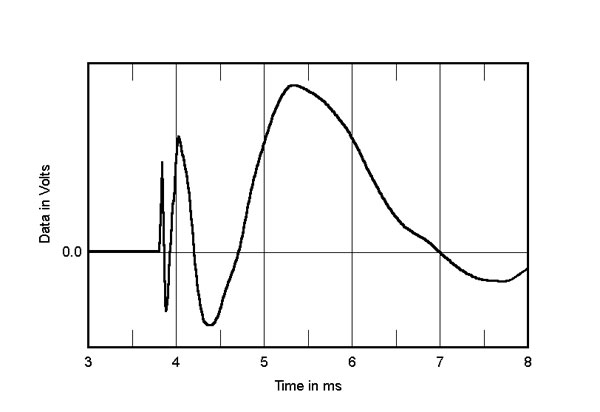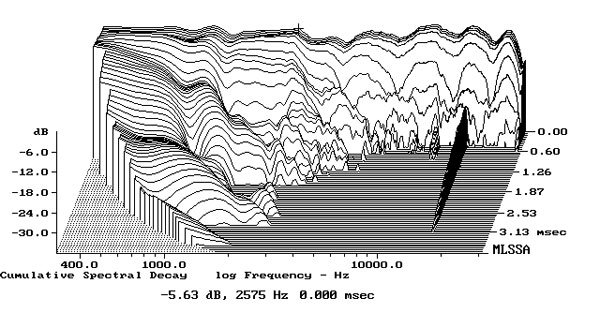| Columns Retired Columns & Blogs |
One on the 'marketplace', the other on the speaker itself.
I am pleased to see that TAD has now become a serious player in high end 'domestic' speakers, and quite a popular one. It is good to see a 'real' manufacturer, as opposed to what I call 'a few guys in a garden shed' making speakers and selling them through tiny 'specialist' dealers that only hifi 'enthusiasts' ever visit.
And a major manufacturer such as Pioneer has FAR more resources to call on than the 'garden shed' (or as a maximum, some small industrial unit) manufacturers so is likely to make better speakers. Who are these 'garden shed' outfits? You can guess the two I mostly have in mind :-)
It works, too. I live near Southampton, UK. There are no less than three central 'high street' television/AV/audio shops that carry a small stock of TAD speakers or will quickly obtain them for a 'listen' as they have dealt with Pioneer for many years.
Why do I like it? It is enlarging the marketplace so 'legitimising' it to some extent. The small manufacturers cannot do those things.
The speakers.
As a fan of Tannoy dual-concentric (coincident) speakers I have known that Tannoy have been right all along for fifty years plus, and other manufacturers such as KEF, and now TAD, are confirming that correctness.
However, at 12,000 dollars the price is a nonsense. You can buy Tannoys with ten or twelve inch 'coincident' drive units for that and they sound amazing. And KEF are not far behind.
Whatever you say about this TAD it remains a small squeaky speaker with no real bottom end. No sane person will pay 12,000 dollars for that. It just isn't hifi, though I am sure it is as good as you will get in a small box. Even calling a six and a half inch driver a 'woofer' is nuts, though nowadays everyone does it.
For both of my reasons above, were I to change from my present Tannoys, TAD is the first place I would look, though not at these particular speakers.
